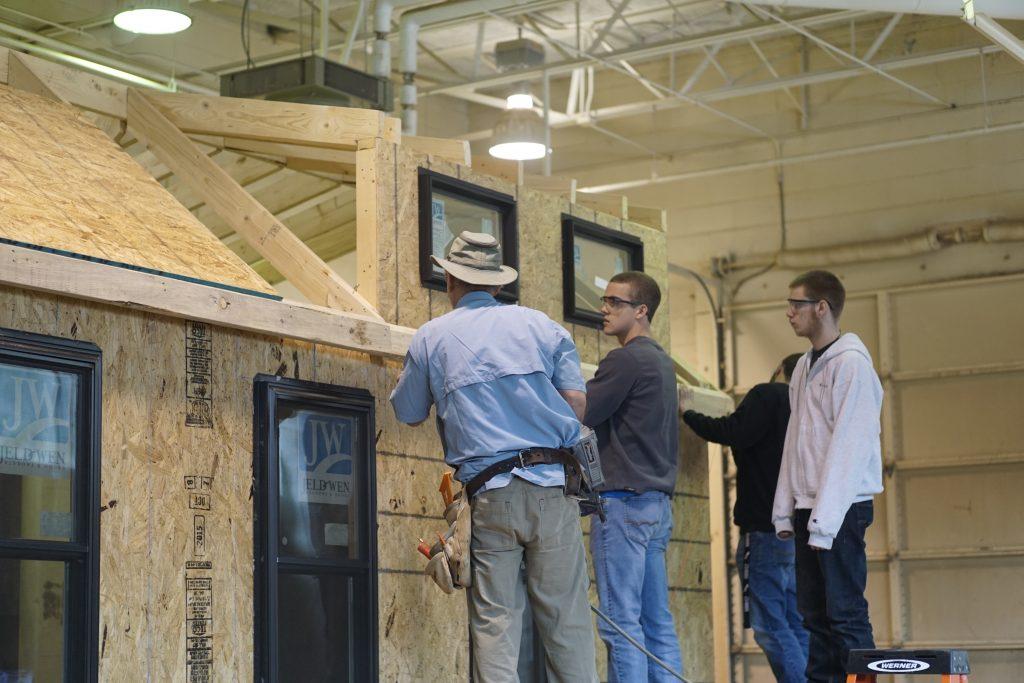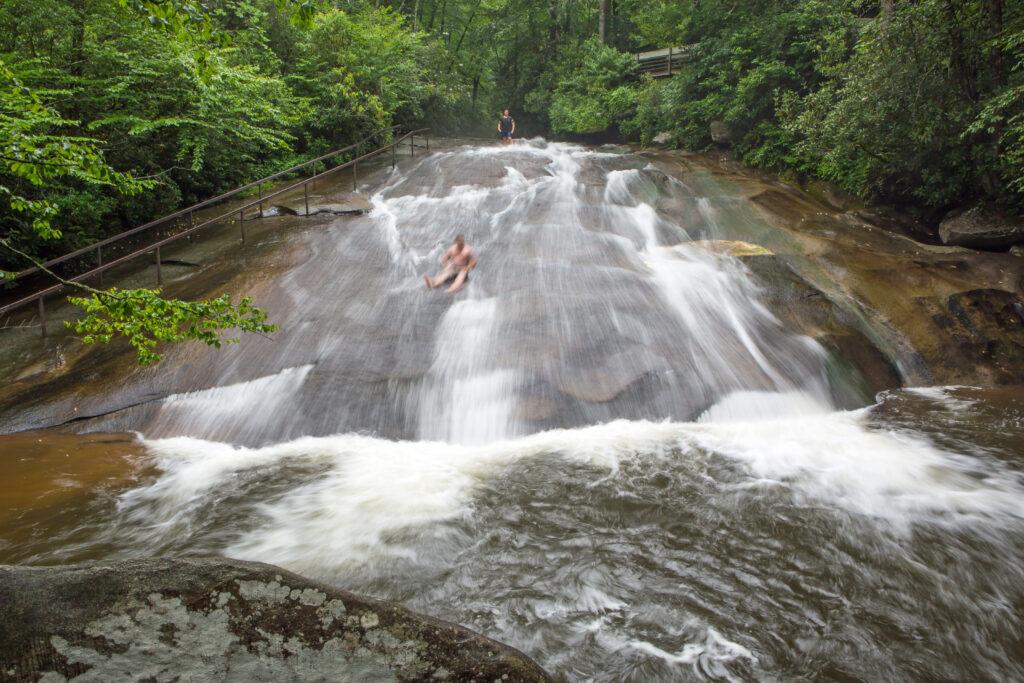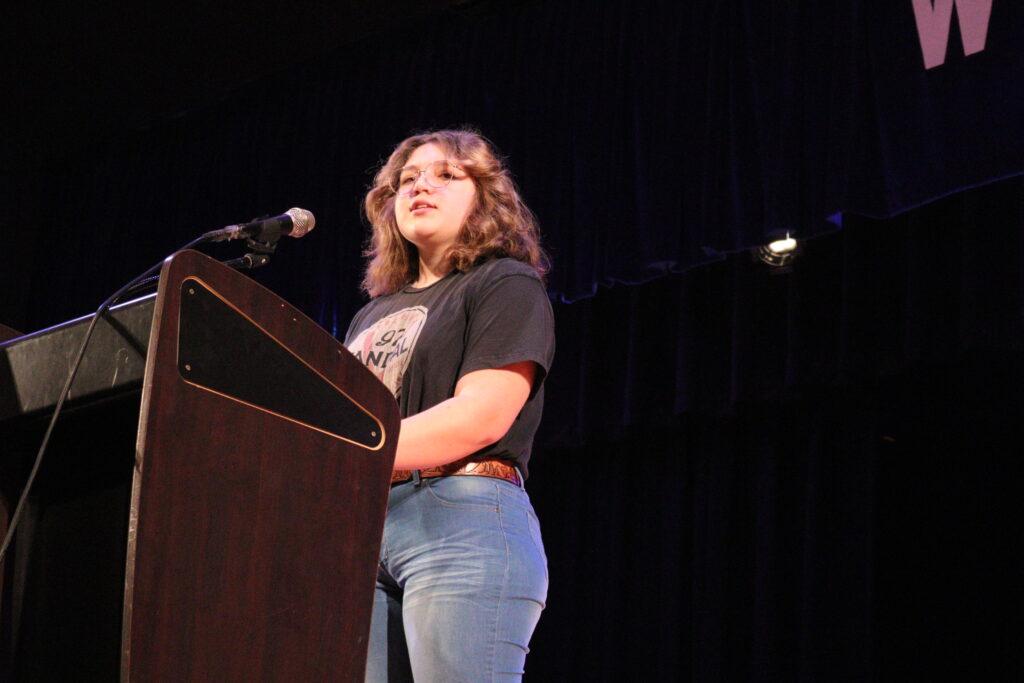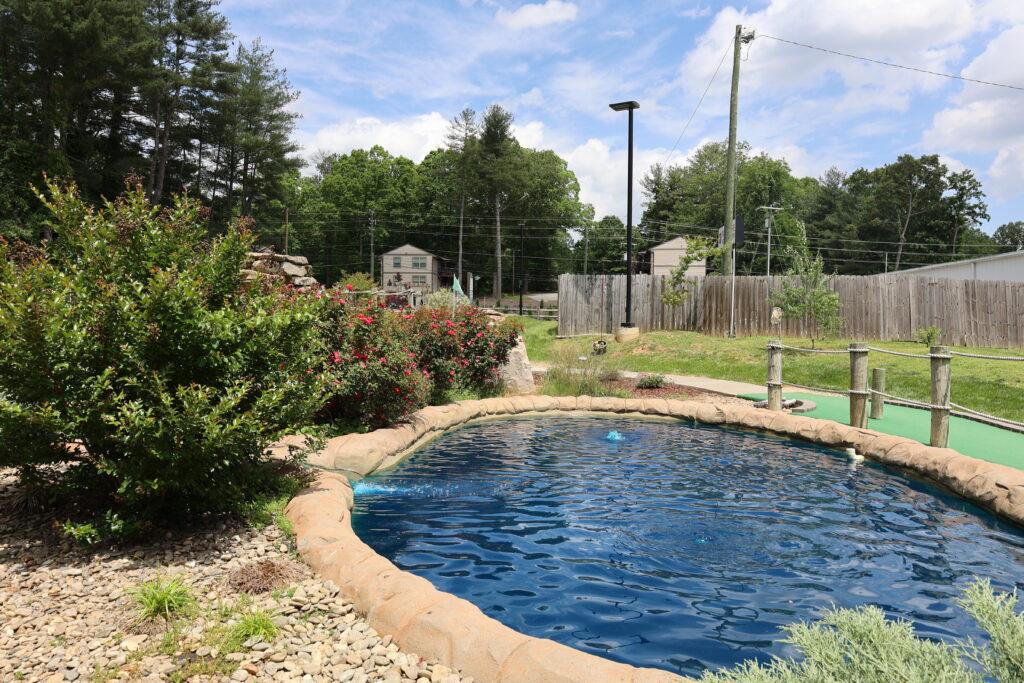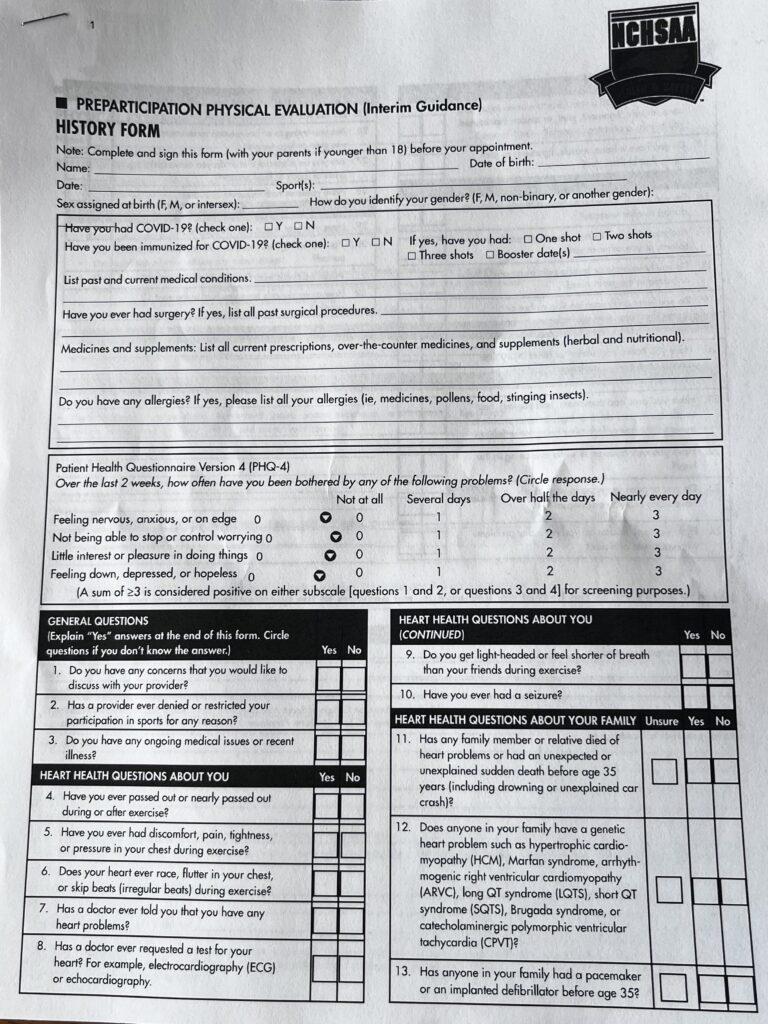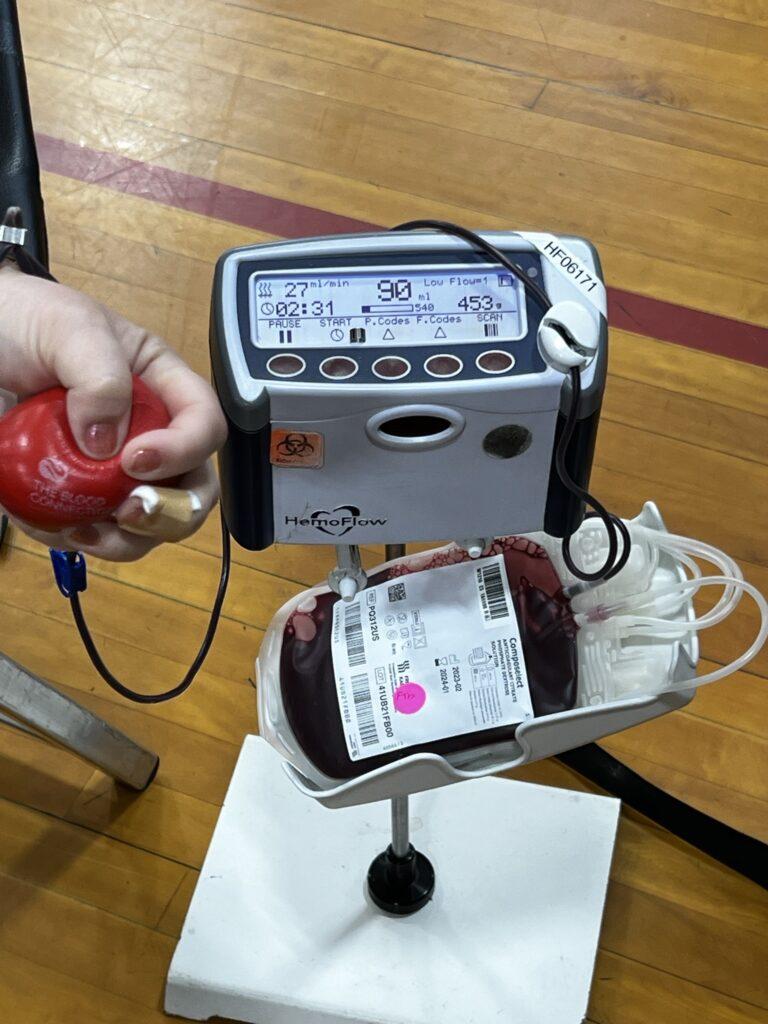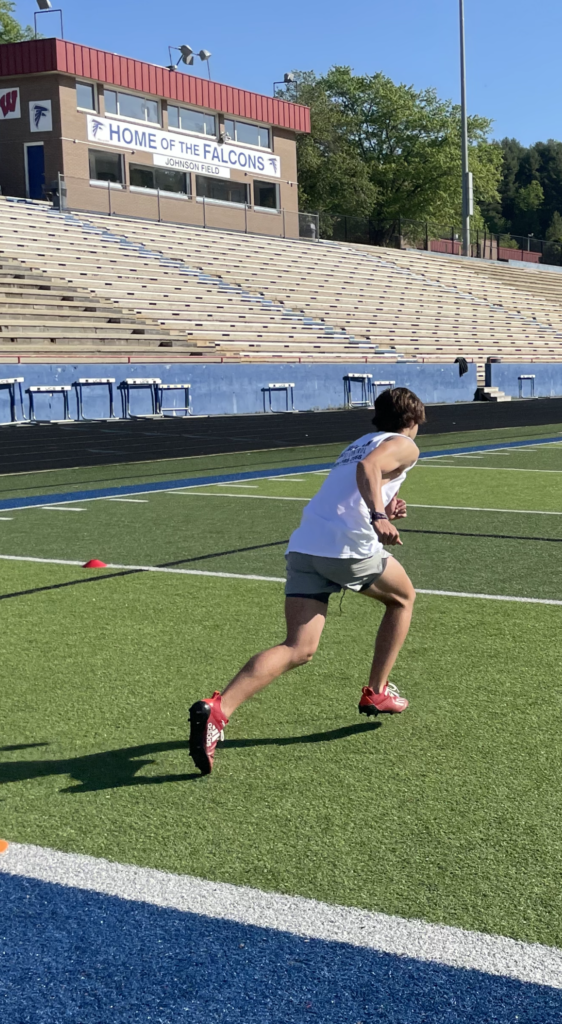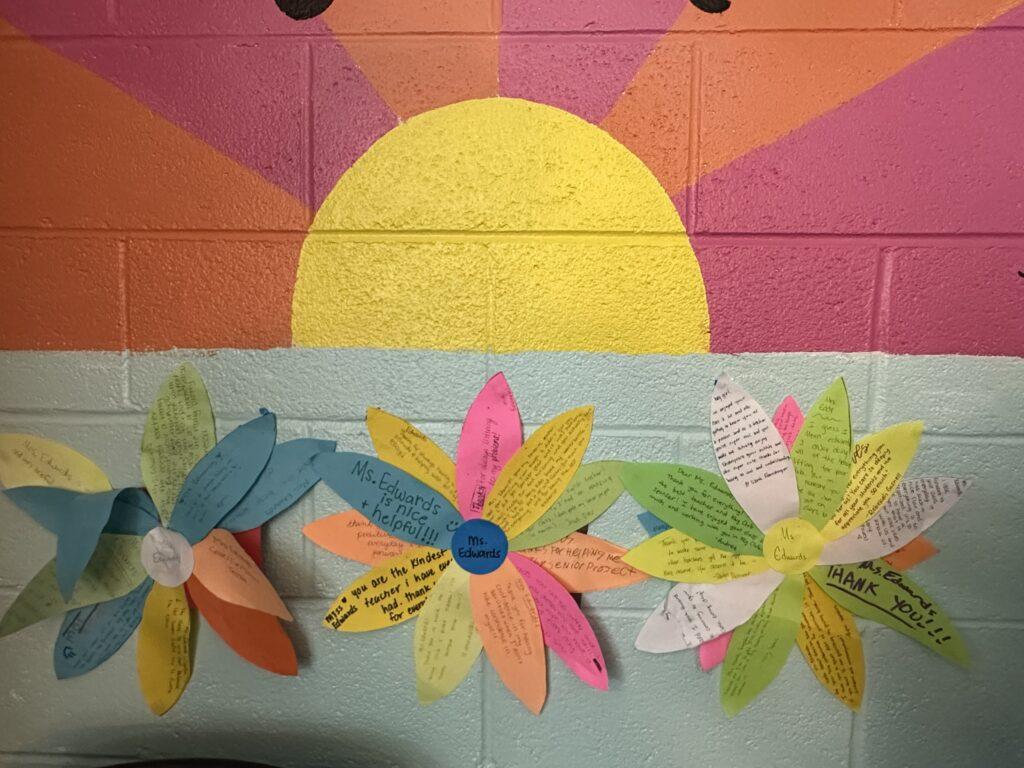Tiny houses have become a big part of pop culture. Communities of tiny homes are springing up all over the country, and TV shows, such as “Tiny House Hunters” and “Tiny House, Big Living,” are drawing large audiences.
Before the current school year began last August, West’s Career and Technical Education teachers approached Dr. Wendy Edney, CTE director for the Henderson County Public Schools, for funding for their students to plan, design, build and sell a tiny house as part of their CTE classes.
“I thought it was a great idea. Tiny houses are actually very popular in some parts of the country, and they’re fun to build,” senior Spencer Lance said. “Carpentry is very fun once you learn how to do it.”
In the past, carpentry and masonry students built full scale houses as CTE projects. These projects would take several years to complete, and issues arose with these projects, such as weather and driving time to the sites. This is one reason the idea for a tiny house came up.
“Early in the school year, Mrs. (Courtney) Maddox, Ms. (Brittany) Willis, Mr. (Mark) Searcy and Mr. (Scott) Orr asked if they could meet with me to talk about the possibility of a tiny house,” Edney said. “And what they proposed doing was Mrs. Maddox’s drafting students design a house. Ms. Willis’ students come up with the interiors, of course the colors and the furnishings, but also the cabinetry, the lighting, the faucets, hardware and that kind of stuff. And they would work together with Mr. Orr and Mr. Searcy, who are licensed contractors, to build the house. They wanted to know if there was money available to build the house.”
The drafting class, taught by Maddox, created sets of blueprints to present to the Henderson County Board of Education along with the some interior design students before construction could begin.
“Mrs. Maddox’s students worked in teams to develop four different sets of blueprints, and they presented them along with the team of interior design students from Ms. Willis’ class,” Edney said. “The four plans that they proposed were all phenomenal.”
It took a few weeks to complete the blueprints for the house because of revisions and new ideas being put to action. Students are now able to see their designs are implemented, and see the result of their hard work.
“It’s a good idea for the CTE classes as a whole because you can integrate a lot of different classes into one project,” sophomore, Parker Gillespie said. “It’s student-created, but the teachers all still have input. They ask all the crucial questions about weight, height, all the things that make it function.”
The construction classes, taught by Searcy and Orr, were in charge of building the house. The building process was primarily done by students with a little help from the teachers.
“I was the student assistant for fourth period, first semester, so I was making sure everyone was on task and making sure everything was going well towards the progression of the house,” Lance said. “The project is actually going extremely well.”
Interior design, taught by Willis, created all the design plans for the tiny house. Students created design plans to advance the progress of the house.
“They worked really well surprisingly. I thought they would get in a lot of fights, and there was a little bit of arguing, but they worked really well with it,” Willis said. “They learned to have a good work ethic. It has to be really good, so they have to put in more effort, but I also think they are taking away a decision if they want to do this for a career because this is exactly what they would be doing, not just sitting at a desk doing a project.”
A tiny house can be plenty of space for one person or a couple looking for an affordable place to live.
“This is really a way to think about affordable housing for people who may not have that option, so if the are living in substandard housing, this is an affordable way to put someone in a warm home with running water and all the toiletry access and everything they need at a very minimal cost,” Edney said. “It’s a source of pride when someone owns their own home. A tiny house can be very comfortable for a couple of people because you have that loft space, and everything else you need.”
The project was not solely about creating the house. Students learned important aspects of this process, such as teamwork and determination.
“I learned to work as a team because it’s not just you by yourself,” Gillespie said. “If it’s by yourself, you only have one idea to go with the whole time when maybe someone else has a better idea or something that would function better.”
Tiny houses have more uses other than just a home for one or two people. They are not just used to live in full-time. Some people own a tiny house as a guest houses or vacation home.
“One thing I would consider doing is buying it for a guest house or a house for relatives on my property,” Edney said. “Also, I think it would be really cool if you were an outdoors person, like a hunter or a fisherman. If you had some property in the woods or on a lake, it would be really cool to be out there because that’s all you need.”
CTE teachers said that work on the tiny house is making progress and will be completed in time to show it in the 2016 Apple Festival in Hendersonville.
The house will be pulled in the festival parade on its trailer and displayed at football games. The anticipated cost of materials was $25,000.
Building a tiny house is a different approach for learning. “I think it’s great because a lot of times you do work in class that you’re just going to turn in and probably throw away,” Willis said. “But this is something that you know the outcome has to be good because someone is going to live in this so you better do a good job.”
By Blake Kinsey

